|
|
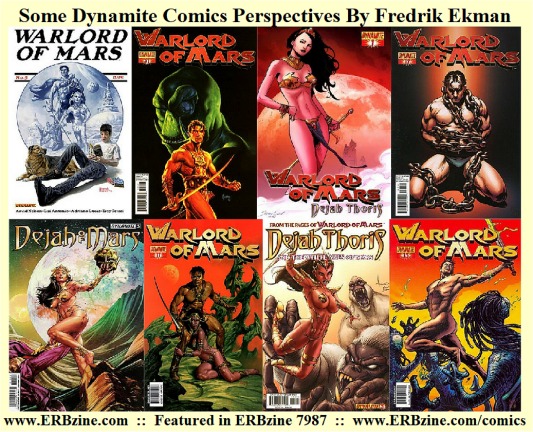

Some Dynamite Perspectives
By Fredrik Ekman
This article has been edited since its original publication in ERB-APA #124.
https://www.ERBzine.com/mag79/7987.htmlWhen Dynamite Comics broke into Barsoom comics in 2010, their first attempts were experimental, seeking a formula for successfully adapting Burroughs in a way that would suit a modern comic readership. Whether they succeeded or not is a matter of some debate (and not at all within the scope of this article), but it can be seen in retrospect that there was a clear development, for better or worse.
In the beginning, even in the original non-adaptations, the comics were usually connected, in one way or other, with the literary canon. The writers did not always succeed very well in this, and in addition, the different comic book titles did not have very clear connections between them. The result was a product with many inconsistencies, both internally and externally.
Time went by and the stories moved away from the original books. Seemingly as an afterthought, the writers started to make the Dynamite stories more internally consistent, creating what may be termed as a separate “Dynamite Barsoom universe”. That meant fewer references to the books and thereby also fewer external inconsistencies (excepting “details” such as personalities of major characters, etc).At the same time, the themes became increasingly more extreme and radicalized, compared with Burroughs’ originals. Gore, mutilations and cannibalism became staple wares, while risqué cover variants became the rule rather than the exception.
After Dynamite was sued by Edgar Rice Burroughs, Inc. for trademark infringement (among other items) in 2014, and eventually acquired a license as part of the settlement, they rebooted the franchise, not only once but several times. All the old unlicensed titles were cancelled, and the stories were no longer connected to the old “Dynamite Barsoom universe”. They also moved away from earlier excesses, so that sex, nudity and extreme violence are now far less abundantly displayed.
Everything that I write below is based upon the “Dynamite Barsoom universe” before the 2014 license and reboot. I will first create a suggested chronology between all the unlicensed stories, then I will also analyze the covers.
Chronology
The chronology is based primarily on internal evidence within the comics. Information from Burroughs’ books has also been considered, but only when not contradicted by the comics. When no other information was available (which turned out to be very rarely) publication order was used to infer the chronological order.Some issues break normal continuity, either due to major flashbacks or time travel. These are listed both in normal continuity and in broken continuity. In the latter case (when there is a flashback or a time travel segment), they are marked with asterisks.
The comics were, of course, never intended to be read in this order, nor do I recommend doing so. This is a test of the consistency between the various titles and storylines. Having said that, if I ever decide to reread all of the stories, this is probably the order which I will use.
Warlord of Mars: Fall of Barsoom #1–5
* Warriors of Mars #1–2
Warlord of Mars: Dejah Thoris #1–37
Warlord of Mars #100 (first story)
* Warlord of Mars Annual #1
Warlord of Mars #1–9 (A Princess of Mars)
Warlord of Mars #100 (second story) 1
Warlord of Mars #0 2
Dejah Thoris and the White Apes of Mars #1–4
Warlord of Mars #10–12
Warlord of Mars #13–18 (The Gods of Mars)
Warlord of Mars #19–20
Warlord of Mars #21–25 (The Warlord of Mars)
Lords of Mars #1–6 3
Warlord of Mars #26–35
Warlord of Mars #100 (third story)
Dejah of Mars #1–4
Warriors of Mars #1–4
Warlord of Mars Annual #1
Dejah Thoris and the Green Men of Mars #1–12
* Warlord of Mars: Dejah Thoris #31–32
Warriors of Mars #5
Chronology Notes
1. This story is set during the “ten years” (nine in the books) when John Carter served as a prince in Helium. Thus, it technically takes place in the middle of Warlord of Mars #9.2. This one-shot is hard to pinpoint in time. Dejah Thoris makes reference to Dor in a way that suggests the ten-year gap mentioned above, and Tars Tarkas has no eye-patch, which means that it has to be before Warlord of Mars #26. But in a dream sequence there is reference to the year 1895, which puts it nearer the end of the Warlord of Mars series. A dream, however, can be disregarded.
3. This series fits nicely just after The Warlord of Mars (the book), except it is explicitly set in 1910. Arvid Nelson had apparently not read my Barsoom chronology at ERBzine #507, or he would have realized that he is about 20 years off.
Cover Statistics
While the majority of Burroughs fans seem to dislike Dynamite’s adaptations and original stories, many have expressed admiration for their beautiful covers. For my own part, I was always disturbed by those covers.One reason is that, while comic book covers have traditionally been used to showcase the contents of the comic (especially for adventure style comic books), the connection between Dynamite’s covers and contents is usually vague or non-existent.
Another reason is the blatant objectification of Dejah Thoris in particular and women in general. Sure, I like to watch scantily clad dames as much as the next guy, but these unbalanced themes make even me uncomfortable.
Dynamite published 111 issues during the unlicensed period, using 346 different covers, for an average 3.1 covers for each issue. But then I have not considered “blank” black or white covers; nor variants of the same image, such as red or black-and-white images if there is also an otherwise identical colour variant; nor risqué variants when a non-risqué version of the same image exists, nor “virgin” variants without title or numbering.
I divided the covers into the following categories:
Heroic:
the main character just poses, looking heroic, usually with one or more weapons.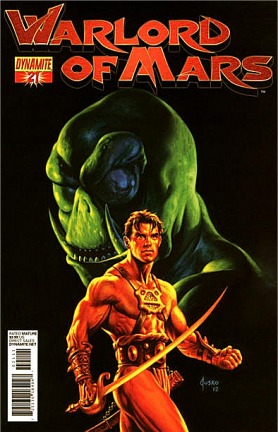
Warlord of Mars #21, Cover A by Joe Jusko
Sexy:
the main character (usually Dejah Thoris) strikes a sexy pose.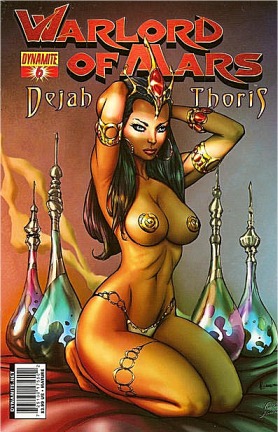
Warlord of Mars: Dejah Thoris #6, Cover C by Alé Garza
Neutral:
the main character in a neutral pose.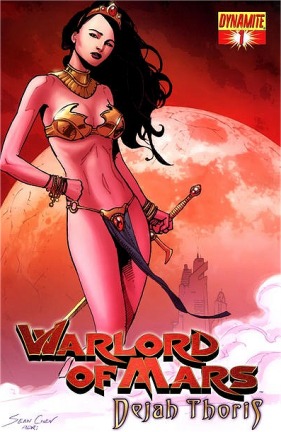
Warlord of Mars: Dejah Thoris #1, Cover C by Sean Chen
Victimized:
the main character is either helpless and threatened by an enemy, or bound. In many cases both.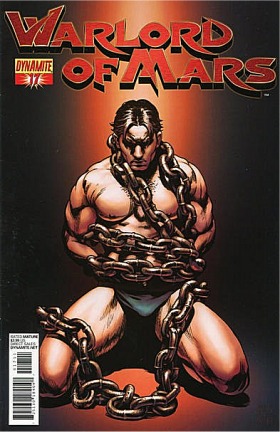
Warlord of Mars #17, Cover C by Stephen Sadowski
Victorious:
the main character stands after slaying an opponent, often with one foot on the opponent’s body.
Bloody sword or severed head may be raised to the sky.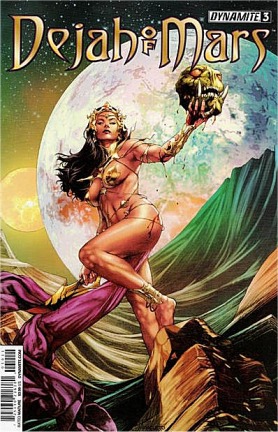
Dejah of Mars #3, Main Cover by Jay Anacleto
Defensive:
one or more characters waiting for a coming attack, usually with arms at the ready.
Warlord of Mars: Dejah Thoris #4, Cover B by Joe Jusko
Protective:
the main character stands protectively before or over a defenseless woman.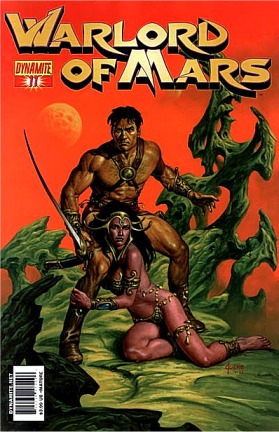
Warlord of Mars #11, Cover A by Joe Jusko

Fighting:
the main character actively fights one or more enemies.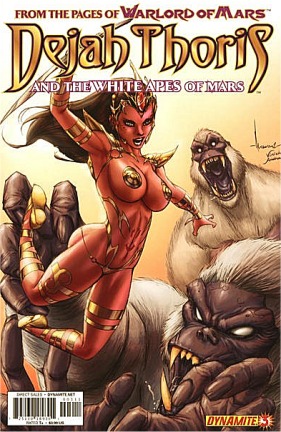
Dejah Thoris and the White Apes of Mars #3, Cover B by Alé Garza
Showcase:
a cover actually showcasing the contents of the comic by depicting a scene from it.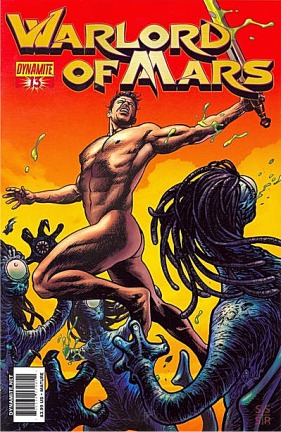
Warlord of Mars #13, Cover B by Stephen Sadowski
Other:
some various oddities with diverse themes.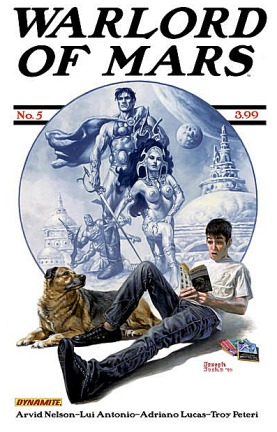
Warlord of Mars #5, Cover A by Joe JuskoThere is considerable overlap between categories, yet I have always attributed each cover to exactly one category, which would seem to be the best fit. The showcase covers, for instance, could usually have been assigned to at least one other category, though the effect on the statistics would have been marginal had I spread them out.
Some seeming inconsistencies in the statistics are caused by a smaller number of covers that have both a male and a female main character. These have been counted towards the overall statistics, but not towards the male/female statistics specifically. Also note that there are far fewer male covers, which skewers the total statistics.
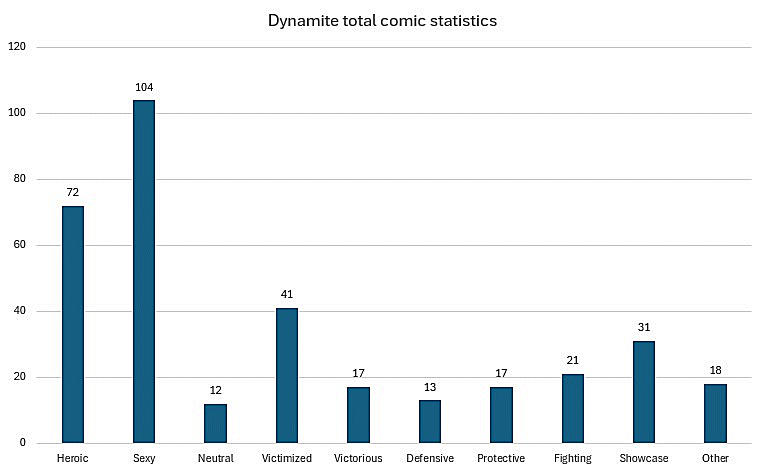
Chart 1. Dynamite cover statistics.

Chart 2. Cover statistics, female main character.
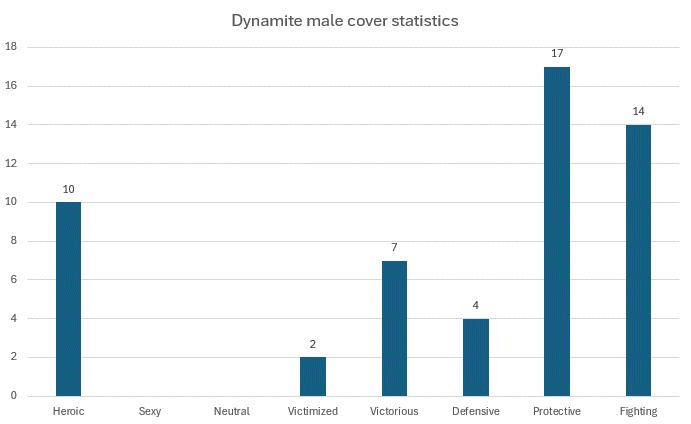
Chart 3. Cover statistic, male main character.The statistics speak pretty much for themselves, especially when comparing female and male main characters. The men are generally either protective (of a woman) or active in combat; rarely victimized and never sexy.
The four leftmost categories show passive characters; the next four, active. The very large proportion of heroic female covers may seem surprising at first, but the reason is that the borderline between a heroic pose and a sexy pose is very fluid, and in many cases I found that a cover would fit equally well in both categories. Nevertheless, I chose only one category that seemed to be the best fit.
It is interesting how the covers seem to reflect the same female objectification and passivity that can often be seen in Burroughs’ stories. One would have hoped that equality had progressed further in a hundred years.
Also interesting is the low rate of showcase covers. Traditionally, a teaser of the contents has been a major function of comic covers. But only 9% of these covers depict some of the action to be found inside. I think this is a clue to Dynamite’s attitude towards storytelling, and it may help to explain some of the criticism that has been expressed regarding the quality of the Dynamite stories.
This article is featured in our
Fredrik Ekman Tribute Series

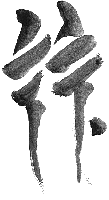
BILL HILLMAN
Visit our thousands of other sites at:
BILL and SUE-ON HILLMAN ECLECTIC STUDIO
ERB Text, ERB Images and Tarzan® are ©Edgar Rice Burroughs, Inc.- All Rights Reserved.
All Original Work ©1996-2024 by Bill Hillman and/or Contributing Authors/Owners
No part of this web site may be reproduced without permission from the respective owners